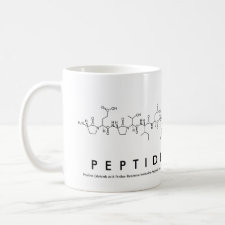
Authors: Kokosa JM
Article Title: Advances in solvent-microextraction techniques.
Publication date: 2013
Journal: TrAC Trends in Analytical Chemistry
Volume: 43
Page numbers: 2-13.
DOI: 10.1016/j.trac.2012.09.020
Alternative URL: http://www.sciencedirect.com/science/article/pii/S0165993612003093
Abstract: Since its inception in 1995, solvent-microextraction (SME) techniques for sample preparation have grown increasingly popular due to their simplicity, low cost, and adaptability to a wide variety of sample types and analytes. SME methods are used alone or as final clean-up and concentration techniques in preparing environmental, clinical, forensic, personal-care, pharmaceutical and food-product samples. There are two broad categories of SME: exposed-solvent and membrane-protected solvent techniques. The principal exposed-drop techniques include single-drop microextraction (SDME), headspace single-drop microextraction (HS-SDME), liquid-liquid microextraction (LLME), liquid-liquid-liquid microextraction (LLLME) and dispersive liquid-liquid microextraction (DLLME). The principal membrane-protected modes are hollow-fiber-protected 2-phase microextraction [HF(2)ME] and hollow-fiber-protected 3-phase microextraction [HF(3)ME]. In recent years, interest in SME has increasingly turned to refinements of these modes for use in practical sample preparations. This has involved innovations (e.g., ionic liquids, ultrasonic-assisted emulsification, automation, and low-density solvents for DLLME). In this review, we explore these and other SME innovations appearing in the literature in the period from mid-2010 to mid-2012
Template and target information: Review - sample preparation techniques
Author keywords: Dispersive liquid-liquid microextraction (DLLME), Exposed solvent, Headspace single-drop microextraction (HS-SDME), Hollow-fiber-protected 2-phase microextraction [HF(2)ME], Hollow fiber-protected 3-phase microextraction [HF(3)ME], Liquid-liquid-liquid microextraction (LLLME), Liquid-liquid microextraction (LLME), Membrane-protected solvent, Single-drop microextraction (SDME), Solvent microextraction (SME)



Join the Society for Molecular Imprinting

New items RSS feed
Sign-up for e-mail updates:
Choose between receiving an occasional newsletter or more frequent e-mail alerts.
Click here to go to the sign-up page.
Is your name elemental or peptidic? Enter your name and find out by clicking either of the buttons below!
Other products you may like:
 MIPdatabase
MIPdatabase









